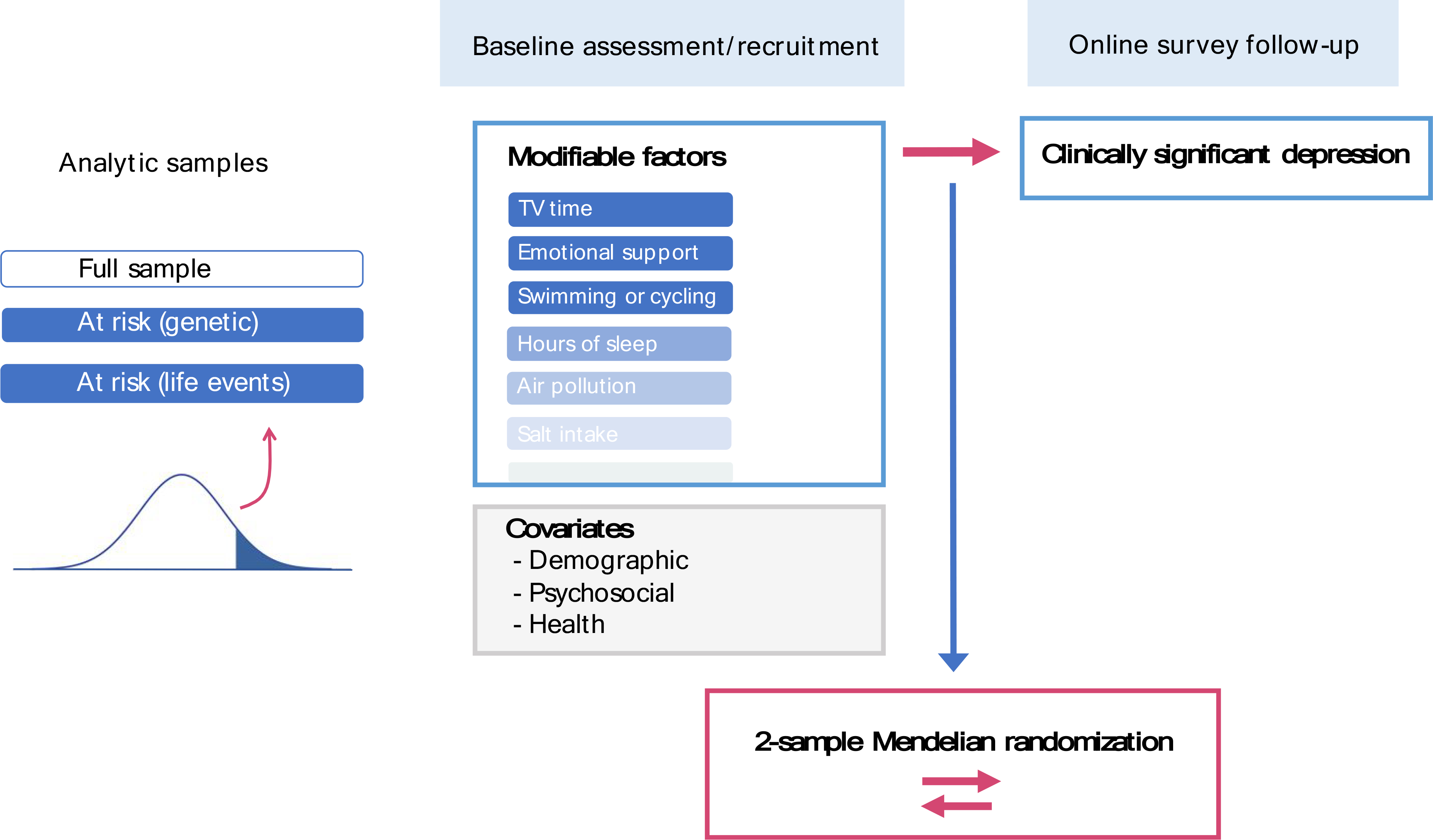Figure 1. Overview of analytic design to test prospective associations between modifiable factors and subsequent depression.

Associations were tested in three analytic samples: (a) full sample; (b) at-risk individuals based on polygenic risk; and (c) at-risk individuals based on reported traumatic life events. To reduce bias in associations from contemporaneous reporting, modifiable factors were selected from those indexed to the baseline assessment, while subsequent depression was assessed at the follow-up survey approximately six to eight years later. Key distinctions with previous depression analyses in the UK Biobank are summarized in Supplementary Methods S0, emphasizing our targeted focus on modifiable factors for depression in a prospective design and among different risk groups.
